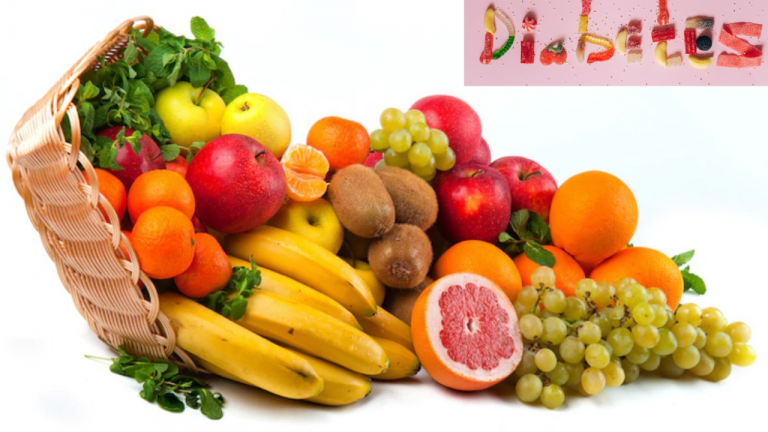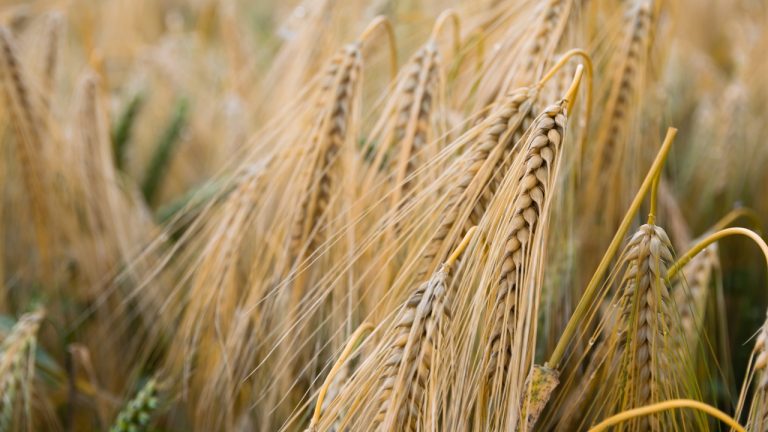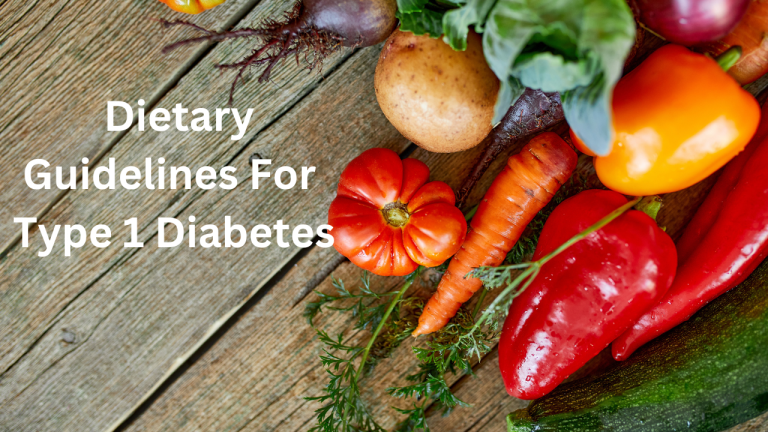How do You Eat Plant-Based Incomplete Proteins to Form Complete Proteins?

To form complete proteins from plant-based incomplete proteins, it’s important to combine different plant-based protein sources to ensure that all of the essential amino acids are present. Here are some examples of complementary protein sources:
Legumes and grains: Legumes such as beans, lentils, and peas are rich in protein but low in the amino acid methionine. Grains such as rice, wheat, and corn are low in lysine but high in methionine. By combining legumes and grains in a meal, you can create a complete protein source. Examples of legume and grain combinations include rice and beans, lentil soup with bread, or hummus with pita bread.
Legumes and nuts/seeds: Nuts and seeds are rich in methionine but low in lysine, which complements the high lysine content in legumes. Examples of legume and nut/seed combinations include peanut butter on whole-grain bread or a salad with chickpeas and sunflower seeds.
Grains and dairy: Dairy products such as milk, cheese, and yogurt are complete protein sources. By combining dairy products with grains such as oatmeal or whole-grain bread, you can create a complete protein source.
It’s important to note that you don’t need to consume complementary proteins at the same meal to form a complete protein. As long as you consume a variety of plant-based protein sources throughout the day, your body can combine the amino acids to form complete proteins. It’s also important to eat a balanced and varied diet to ensure that you’re getting all of the nutrients your body needs.



